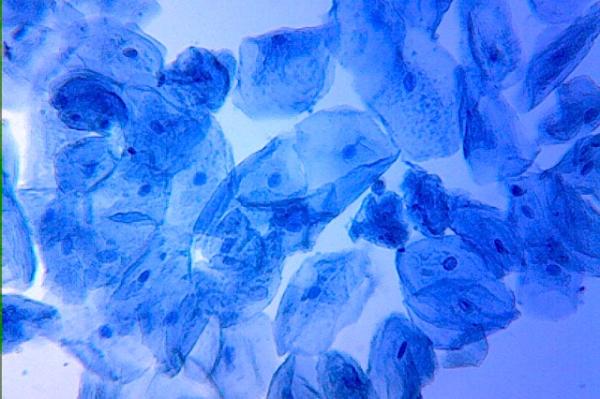For those of us who read the Odyssey in middle school, the “wine-dark seas” will perhaps ring a bell. For those who study color, it is another example of an absence of words for the color blue. While the oldest cave paintings are 40,000 years old, the color blue and its name did not appear for another 34,000 years until the Egyptians took a semiprecious stone, Lapis, and ground it fine, to make a blue colorant.
Given that it was a significant enterprise to mine and subsequently ground those semi-precious stones, the use of blue was restricted to royalty. Morph forward to the Phoenicians and Romans, and they found that they could use a variety of sea snails to create Tyrian and Royal Blue. It is reported that it required 12,000 snails to produce enough dye to color a single garment. The early church “color-coded” its saints, for their preliterate congregants, and blue was chosen as the color of the Virgin Mary. The innocence and good of Mary provided a halo for her color, conferring an innocence and good upon those who wore it, once again primarily royalty, e.g., royal blue.
New means to produce blue developed in the 1800s. First, making use of a crop Indigofera tinctorial, whose leaves when fermented and treated with lye produce the color Indigo – the color of blue jeans. The cost of indigo was further decreased by Adolf von Baeyer (not that Bayer) who developed of a means of synthesizing it chemically; the foundation of his work for which he received the Nobel in 1905. While the synthesis has been modified over time, it still involves chemical found to cause environmental damage. Jeans that make use of indigo dyes have been criticized for their ecological cost as harmful byproducts are shed in indigo’s synthesis, and large amounts of water are used in the subsequent treatment of fibers and denim.
Blue is the favorite color for both men and women
For some time, scientists have sought an environmentally cleaner means to create indigo, a new report in Green Chemistry, suggests a breakthrough. Several bacterial forms produce a blue pigment, but in quantities too small for any commercial use. Moreover, the biologic chemistry underlying bacterial production are too complex to easily copy. Through the use of genetic engineering, a red yeast, Rhodosporidium toruloides, appears to be an ideal host for the genetic components for the production of indigoidine, that blue pigment.
The researchers detail a series of experiments where they successfully incorporate the bacterial genes in their yeast host and then manipulate oxygen, temperature, and pH to optimize the yield. According to the authors, the yields are within the range of commercial viability and requiring the tweaking that comes with scaling from the laboratory to the factory. As an additional dividend, the foodstuff for those hard-working yeast is lignocellulose biomass, a fancy way of describing the waste products of food production, like the leaves, stalks, and cobs of corn.
Technology has again offered up an excellent solution, a “biological synthesis of dyes from renewable carbon.”
Source: 99% Invisible first turned me on to the intriguing history of colors, supplemented by the Metropolitan Museum of Art here in NYC. The research is from Green Chemistry, Sustainable bioproduction of the blue pigment indigoidine: Expanding the range of heterologous products in R. toruloides to include non-ribosomal peptides DOI: 10.1039/C9GC00920E




